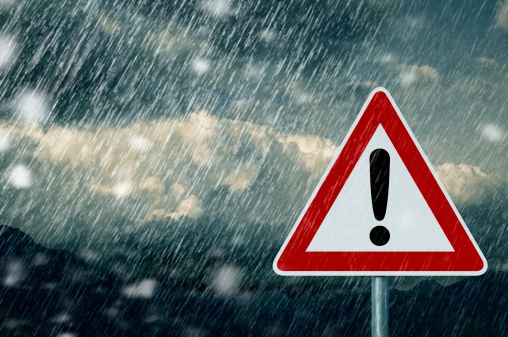Every family, home, business, and government agency should have some form of emergency preparedness plan in place. This plan outlines specific resources and protocols that are to be followed in the event of an emergency and are meant to minimize the risk of injury or destruction to people or property. They can range in complexity from a preset meeting point for a family all the way to a thorough set of codes and bylaws for an enterprise or government agency.
While the concept of an emergency preparedness plan may seem quite simple, it is important to recognize the potential for any number of different emergencies to occur at any time. This paradigm of thinking is the concept behind the all-hazards approach to emergency preparedness planning.
What is the all-hazards approach?
The all-hazards approach is an extensive framework for emergency preparedness that focuses on the full spectrum of potential emergencies and disasters, rather than just specific types.
When discussing emergency preparedness on their website, Ready.gov, the Department of Homeland Security notes that “threats or hazards that are classified as probable and those hazards that could cause injury, property damage, business disruption or environmental impact should be addressed” in any emergency preparedness plan using the all-hazards approach. Similar to the DHS’s suggestions, the Federal Emergency Management Agency also produced an extensive guide for governmental emergency management organizations to help them produce what they called “emergency operations plans,” or EOPs. They state that by taking an all-hazards approach, organizations can produce EOPs that:
- Serve as the basis for effective response to any hazard that threatens the jurisdiction;
- Facilitate integration of mitigation into response and recovery activities; and
- Facilitate coordination with the Federal Government during catastrophic disaster situations that necessitate implementation of the Federal Response Plan (FRP).
Although an all-hazards approach does require planning for a broader spectrum of emergencies, it’s important to realize it does not require planning for ALL emergencies. For example, there’s no reason for an emergency management department in Iowa to allocate resources for hurricane preparedness.
To prevent overhead and to ensure limited agency funds and resources are utilized as efficiently as possible, risk-analysis should accompany any all-hazard plan. According to Govtech.com, “using a risk-based approach to planning, coupled with functional and prioritized contingency planning, makes the best possible use of limited resources.”
The all-hazards approach represents a strategic shift in emergency management, focusing on broad preparedness strategies that enhance organizational resilience, resource efficiency, coordination efforts, and response capabilities across diverse potential threats.

